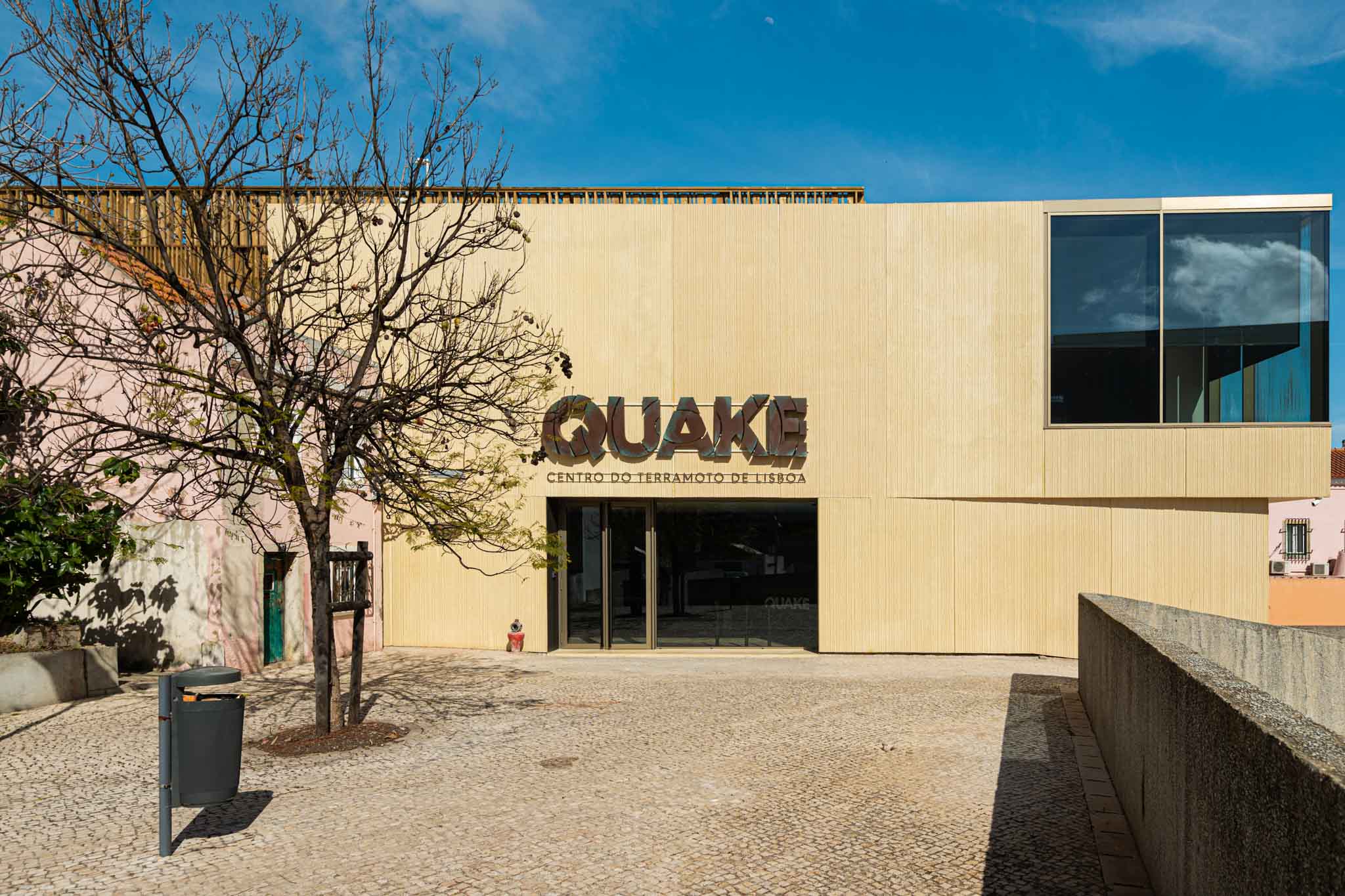Lisbon’s relationship with earthquakes is both tragic and mysterious. The most infamous disaster struck on All Saints’ Day on November 1, 1755 when tens of thousands of worshippers and Lisbon residents were killed as the city shook, flooded, and burned. The catastrophe stunned Europe. The French writer Voltaire, horrified, asked bitterly whether Lisbon had been more sinful than Paris or London to deserve such punishment.
Theologically, the earthquake unsettled people’s belief in Christianity itself: good Christians had perished in churches and left philosophers to question divine justice. Geologically, it was equally baffling. Lisbon is not located on a traditional fault line nor does it sit atop a subduction zone where earthquakes usually occur. For centuries, the city’s seismic fate seemed inexplicable.
Why Lisbon’s Earthquakes Made No Sense
Earthquakes typically happen in two scenarios. On continents, delamination can cause the Earth’s crust to buckle and split as the lighter magma asthenosphere forces its way upward. At sea, subduction pulls one tectonic plate beneath another and releases violent energy.
But neither of these processes seemed to apply to Portugal. The seafloor near Lisbon appeared flat and stable with no sign of fault lines. Seismic surveys revealed no subduction. In addition, on land, Portugal showed no evidence of delamination. For decades, the riddle remained unsolved: why had Lisbon suffered devastating quakes in 1755, 1969, and more recently a tremor in February 2025?

A Breakthrough Discovery Beneath the Atlantic
Finally, we may have some answers. A study published in Nature Geoscience may have finally solved the mystery. Geologists from the University of Lisbon used advanced “Earth ultrasound” techniques and seismometers placed on the seabed for eight months to peer deep into the planet’s structure. Their findings suggest that Lisbon’s earthquakes may be triggered by something almost unheard of up until now: oceanic delamination.
Researchers identified a fissure in the tectonic plate about 200 kilometers off Cabo de São Vicente near Sagres. This fissure, which is invisible from the surface, has been forming for at least five million years. It is located in the Ferradura Abyssal Plain, close to the Gorringe Bank, right where the Eurasian and African plates meet.
Instead of moving neatly like puzzle pieces, the oceanic plate here is splitting horizontally. The lower portion is peeling away and sinking into the mantle to depths of over 200 kilometers, which is double the usual thickness. Meanwhile, the upper part of the plate remains stubbornly in place. The stress created by this slow-motion tear builds up and eventually releases in the form of earthquakes.
The Southwest Iberia Anomaly
Adding to the intrigue is the discovery of what geologists call the “southwest Iberia anomaly,” a blob of magma pressing against the mantle beneath Portugal. Combined with clusters of small quakes recorded 30-40 kilometers deep, the evidence points to unusual geological forces at play.
Although delamination was long thought impossible beneath oceanic crust, the presence of serpentinite (a particularly slippery rock) may make it easier for Lisbon’s seafloor to peel apart. Computer simulations run by the research team confirm that this mechanism could explain both the depth and intensity of Lisbon’s quakes.
What It Means for Lisbon Today
The discovery has major implications for understanding seismic risks in Portugal. While Lisbon has not experienced anything on the scale of the 1755 earthquake in recent decades, the recent 4.7 magnitude quake southwest of Seixal in February 2025 is a reminder that the ground beneath the capital is far from stable.
As new generations of undersea communication cables are installed across the Atlantic, researchers hope to integrate seismic monitoring into this infrastructure. Better data could help Portugal prepare for future tremors, although predicting when the next major event will strike remains impossible.

Remembering the 1755 Earthquake
Lisbon still bears the scars of its past. The 1755 quake not only destroyed much of the city but reshaped European thought, influencing philosophy, politics, and even architecture. For those who wish to understand its impact, the Quake Museum in Belém offers a dramatic and immersive journey that we highly recommend. Through video mapping and simulators, visitors experience the chaos inside the Church of São Nicolau as it collapsed and walk through the aftermath of the fires and tsunamis. The exhibit even places visitors in the office of the Marquis of Pombal, the man tasked with rebuilding Lisbon in the wake of disaster.

For centuries, Lisbon’s earthquakes were viewed as acts of divine wrath or geological absurdities. But modern science now points to a rare and powerful process: the slow tearing of an oceanic tectonic plate beneath Portugal.
What remains uncertain is whether the fissure off Sagres will produce another disaster on the scale of 1755 or whether Lisbon’s future tremors will be smaller but more frequent. Either way, researchers have brought us closer to understanding a mystery that has haunted Portugal for nearly three centuries.



